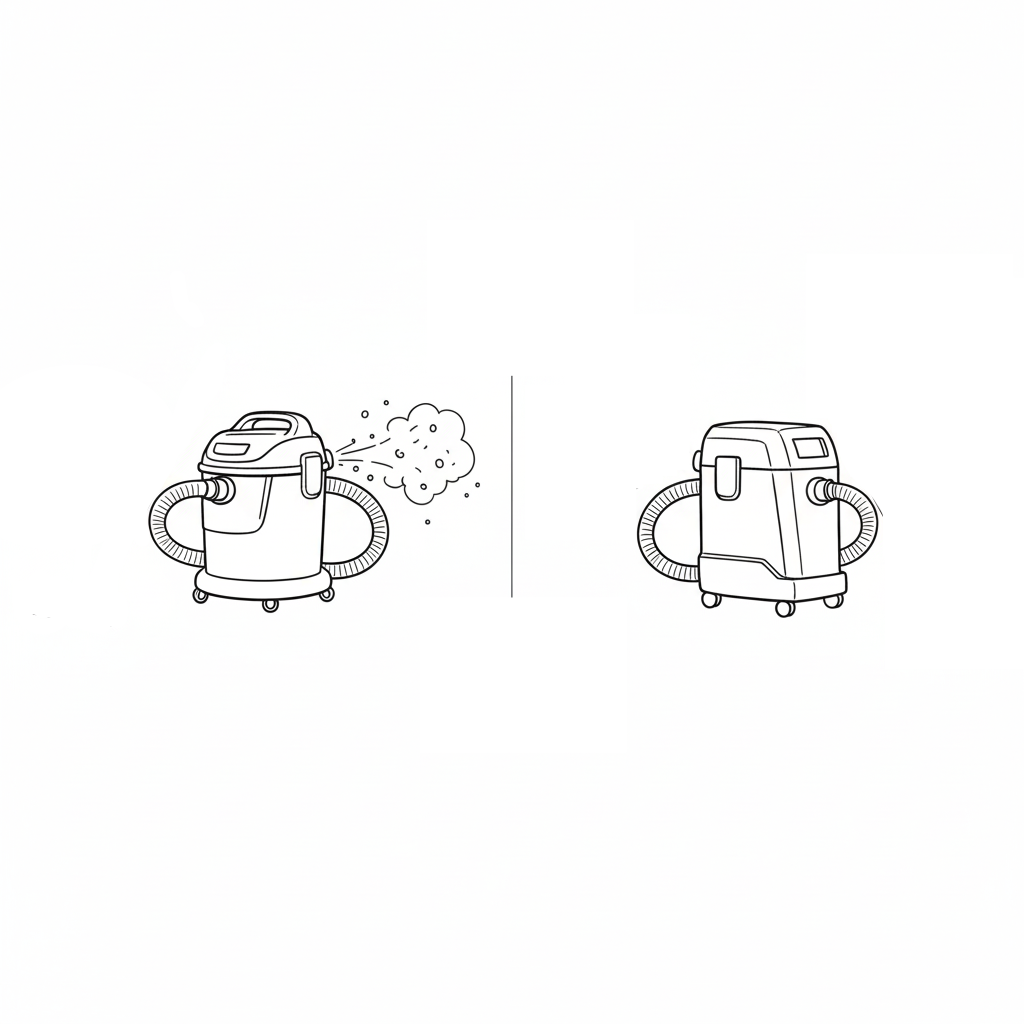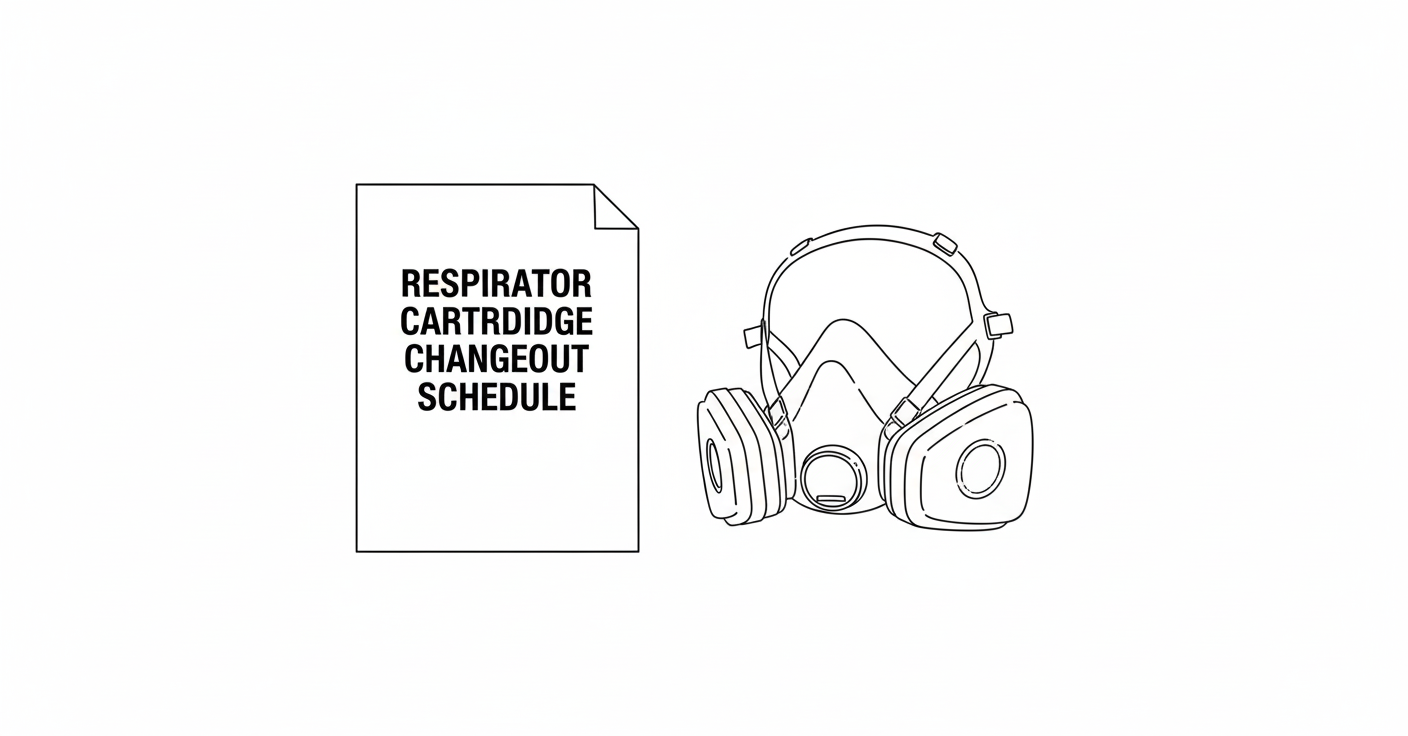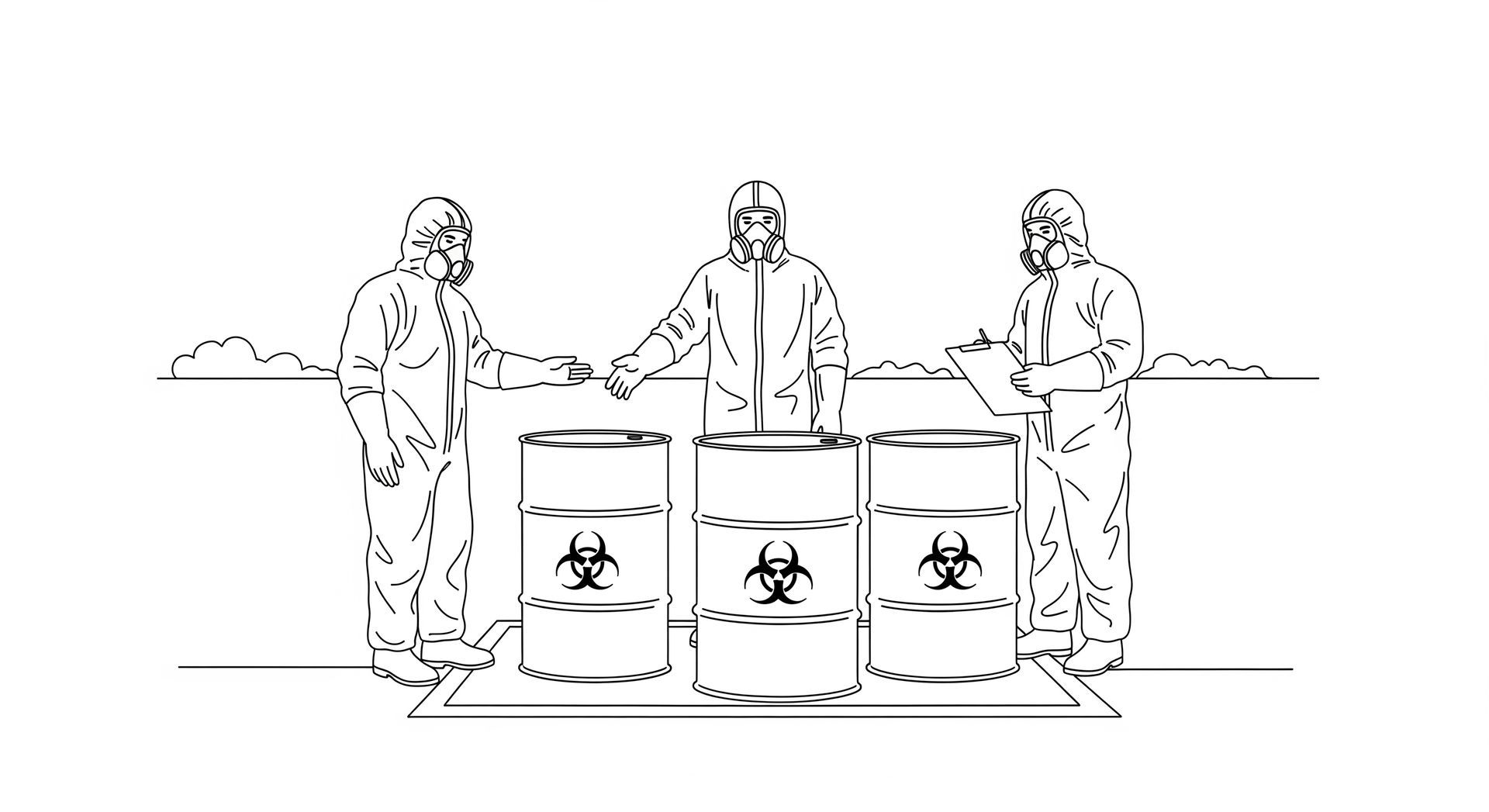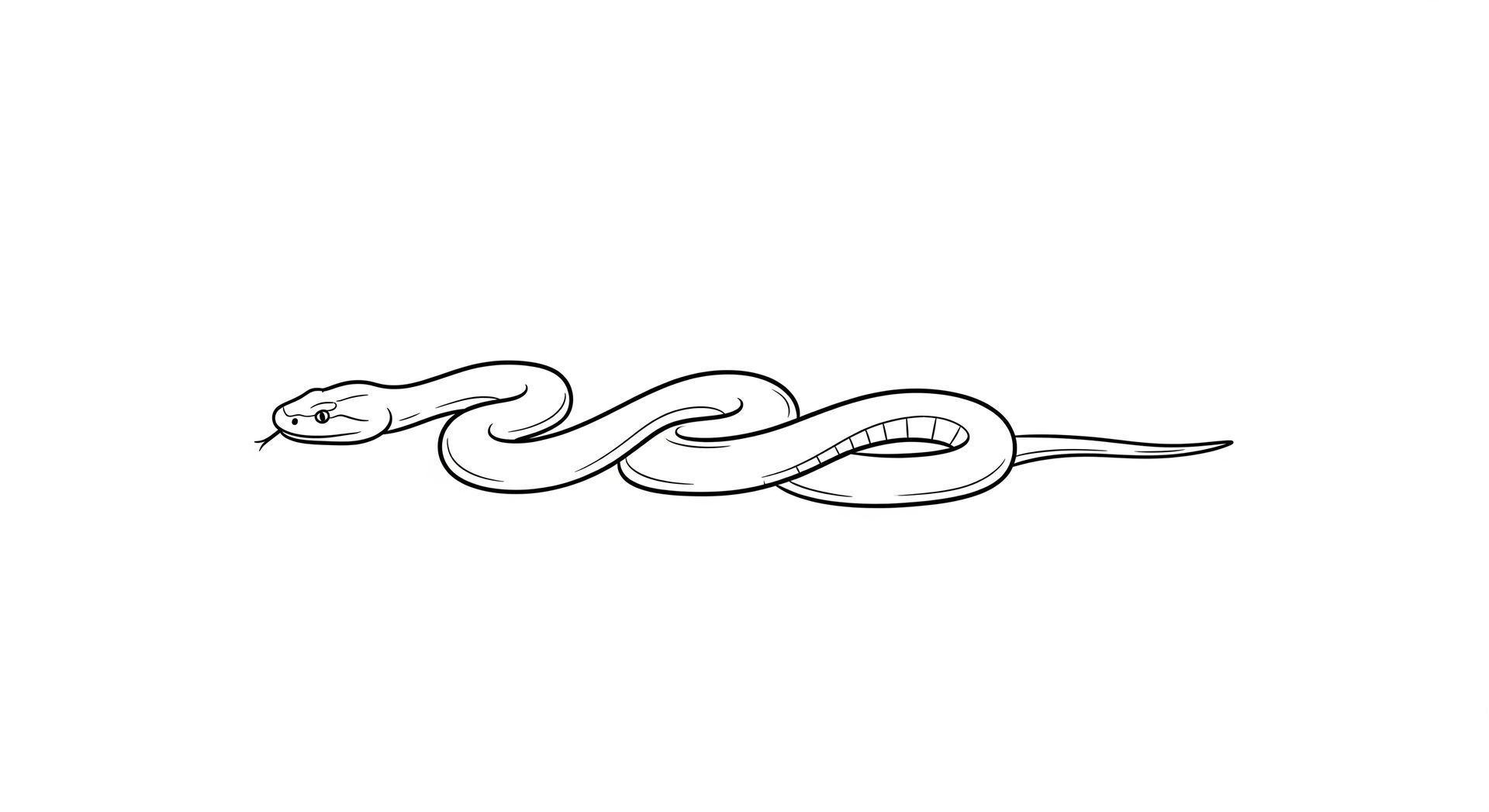The Dangers of Irritant Smoke as a Respirator Fit Testing Method
Safewest uses a quantitative fit test (QNFT) method for all respirator types, as it’s the standard for objectively and accurately assessing respirator fit using specialized air measurement equipment.
The alternative, a qualitative fit test (QLFT), relies on spraying a chemical at the user while they are wearing their respirator. If the user detects the chemical, the respirator has a leak. If they don't, the respirator is assumed to have an adequate seal. The amount of chemical sprayed and the sequence used is important, and this fit test method is often done incorrectly by inexperienced and insufficiently trained fit test providers. Qualitative fit testing (QLFT) is done by companies that cannot or do not want to make the investment in quantitative fit test (QNFT) equipment, which generally costs between $15,000 and $18,000 per machine.
One problem with qualitative fit tests (QLFT) is that they are less accurate. For this reason, this method generally cannot be used for fit testing full face respirators; OSHA requires a quantitative fit test (QNFT) for these respirator types, unless their use is in a lower-contamination scenario where a half-face respirator would also have been appropriate.
Another problem with qualitative fit testing (QLFT) is that the chemical sprayed at the respirator user can cause health problems. There are a few different chemicals used for this type of fit testing, and one of the most popular, and the most dangerous, is called "irritant smoke."
This fit test method relies on spraying a hazardous chemical called hydrogen chloride towards the employee’s face while they are wearing the respirator; if this chemical irritates their eyes, nose, and lungs, this indicates the respirator is leaking. It’s a less accurate, dangerous, and error-prone method which NIOSH strongly recommends not ever be used. NIOSH is the Federal agency that conducts research on occupational safety and health. One of their purposes is to give scientific and technical advice to OSHA on regulations.
In a published policy statement(1), they said the following:
"NIOSH, in its formal comments to OSHA [on fit testing methods]..strongly recommended against the use of this fit test method because of the health risk associated with exposure to the irritant smoke [and] NIOSH continues to recommend against the use of irritant smoke fit testing for these same reasons . . . Air sampling has shown that ventilation smoke tubes can produce highly variable and unpredictable hydrogen chloride concentrations far exceeding 5 ppm."
The reason 5 ppm is emphasized is because by law (under the exposure limits established by OSHA), that is the maximum airborne concentration of hydrogen chloride that an employee can be exposed to. In other words, this common qualitative fit testing method can, ironically, expose employees to unsafe concentrations of a dangerous chemical, and violate OSHA regulations.
If you are an employer on a budget conducting fit testing internally, avoid using irritant smoke, and select one of the alternative qualitative (QLFT) methods such as saccharin or Bitrex. If you are evaluating vendors to provide fit testing for your employees, we recommend selecting those that have made the appropriate investment in quantitative fit testing (QNFT) equipment.
References:
1. NIOSH Respirator Use Policy Statement, August 4 1999 In: NIOSH policy statements. Cincinnati, OH: U.S. Department of Health and Human Services, Public Health Service, Centers for Disease Control and Prevention, National Institute for Occupational Safety and Health




